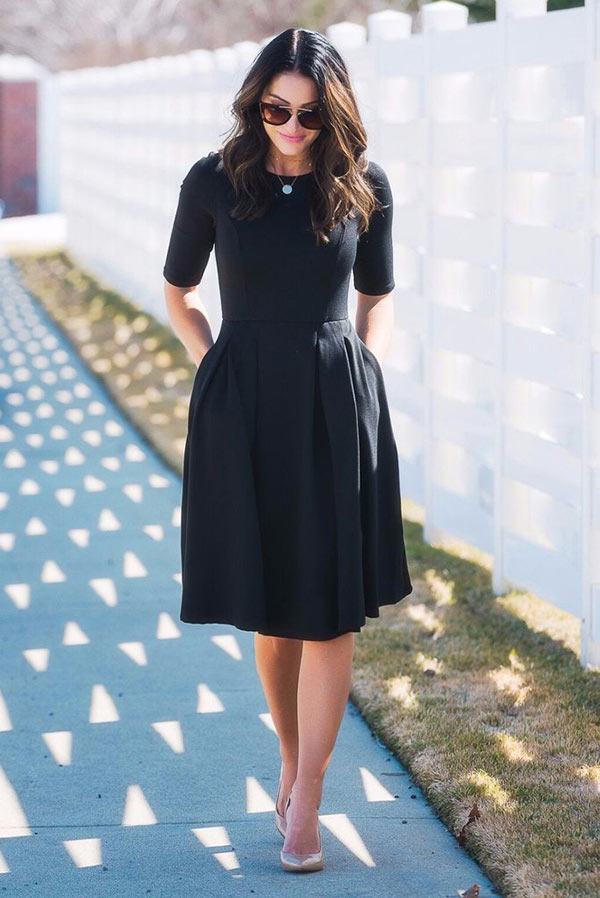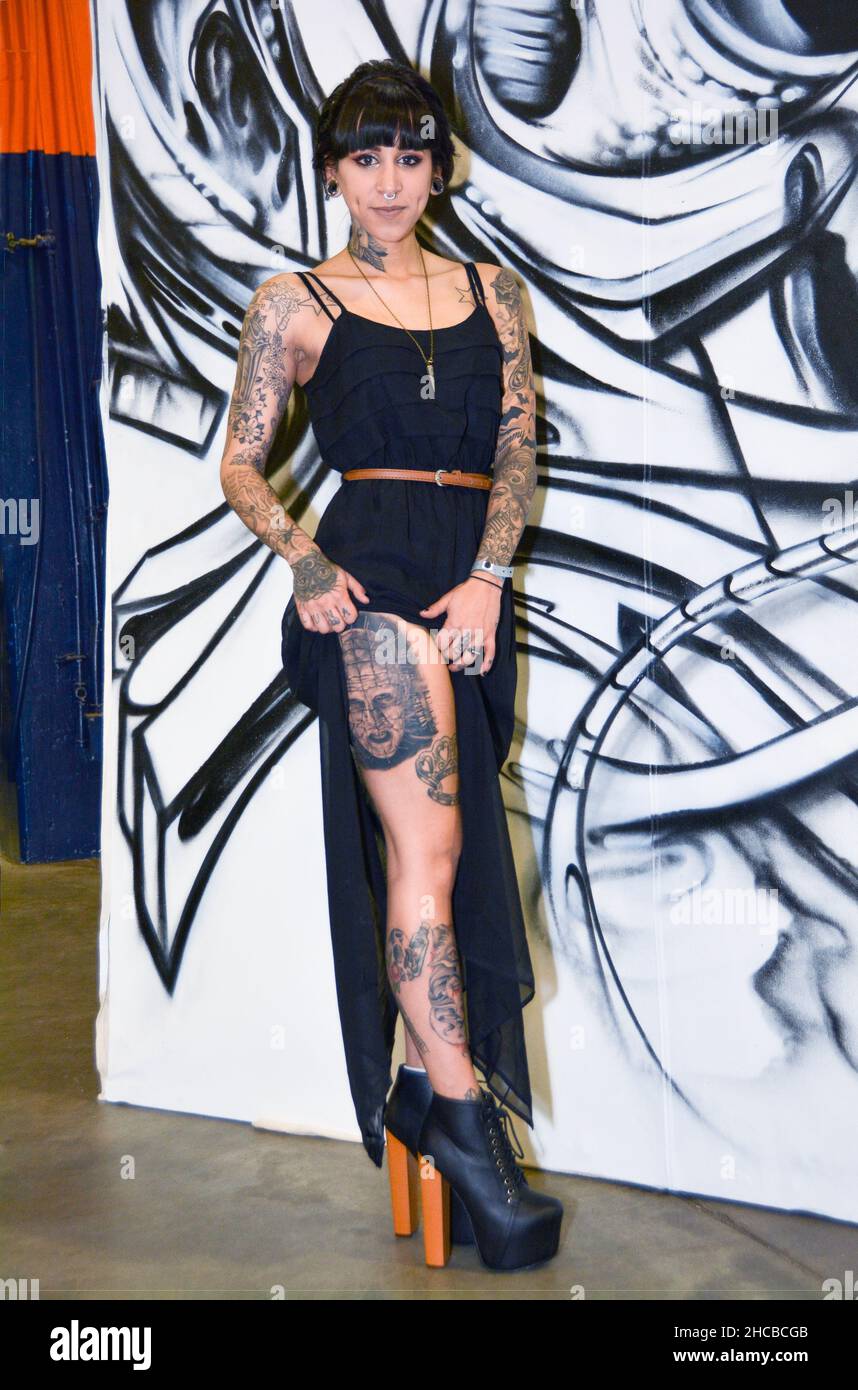Were Women More Attractive Before Piercing and Tattoos Became Popular?
The concept of beauty has always been subjective, shaped by cultural, social, and personal influences. Over time, trends and preferences evolve, influencing how beauty is perceived and appreciated. One such trend is the increasing popularity of body modifications like piercings and tattoos.
This article explores whether women were considered more attractive before these modifications became mainstream and delves into the multifaceted nature of attractiveness.
Historical Perspectives on Beauty
Historically, standards of beauty have varied significantly across cultures and time periods. The definition of attractiveness is deeply intertwined with cultural values, societal norms, and historical contexts.
Ancient Beauty Ideals
In ancient civilizations, beauty standards were often influenced by social status, health, and fertility. For example, in Ancient Egypt, beauty was associated with youth, vitality, and symmetry. Egyptians used cosmetics and adornments, including jewelry and elaborate hairstyles, to enhance their appearance. Similarly, in Ancient Greece, beauty was linked to symmetry, proportion, and physical fitness, reflecting their appreciation for balance and harmony.
Piercings and tattoos were present in some ancient cultures. For instance, the Nubians and Egyptians practiced ear and nose piercing, while tattoos were found on the mummified bodies of ancient Egyptians and the Ötzi iceman from the Copper Age. These modifications were often symbolic, representing social status, religious beliefs, or rites of passage.
Beauty in the Renaissance and Victorian Eras
 During the Renaissance, beauty was characterized by fair skin, rounded bodies, and delicate features, reflecting the ideals of health and wealth. Art from this period, such as Botticelli’s "The Birth of Venus," celebrated these attributes.
During the Renaissance, beauty was characterized by fair skin, rounded bodies, and delicate features, reflecting the ideals of health and wealth. Art from this period, such as Botticelli’s "The Birth of Venus," celebrated these attributes.
The Victorian era later emphasized modesty and natural beauty, with pale skin, delicate features, and an hourglass figure being desirable. During these times, body modifications like piercings and tattoos were not mainstream and were often associated with marginalized groups.
The Modern Era: Piercings, Tattoos, and Changing Standards
 The 20th and 21st centuries have witnessed significant shifts in beauty standards, with piercings and tattoos becoming increasingly popular and accepted.
The 20th and 21st centuries have witnessed significant shifts in beauty standards, with piercings and tattoos becoming increasingly popular and accepted.
The Rise of Body Modifications
The late 20th century marked a turning point for body modifications in Western culture. The punk rock and countercultural movements of the 1970s and 1980s embraced piercings and tattoos as forms of self-expression and rebellion against conventional norms. This trend continued to grow, leading to the mainstream acceptance of these practices in the 1990s and 2000s.
Today, piercings and tattoos are common among diverse demographics, including celebrities, professionals, and everyday individuals. They are often seen as expressions of individuality, creativity, and personal identity.
Cultural and Social Influences
The acceptance of piercings and tattoos has been influenced by various factors, including media representation, celebrity culture, and global interconnectedness. Celebrities like David Beckham, Angelina Jolie, and Rihanna have popularized tattoos, while influential figures in fashion and entertainment have normalized multiple piercings.
Additionally, social media platforms like Instagram and Pinterest have played a crucial role in disseminating trends and normalizing body modifications. The visibility of these modifications in everyday life has contributed to their acceptance and integration into modern beauty standards.
The Subjectivity of Attractiveness
The question of whether women were more attractive before piercings and tattoos became popular is inherently subjective, as attractiveness is influenced by individual preferences, cultural context, and societal trends.

Individual Preferences
Attractiveness varies widely among individuals. Some people find piercings and tattoos highly appealing, associating them with attributes like confidence, creativity, and uniqueness. Others may prefer a more natural look, valuing simplicity and traditional beauty standards.
Studies have shown that personal experiences, cultural background, and exposure to different beauty norms shape individual preferences. For instance, a study published in the journal Body Image found that individuals with tattoos often perceived themselves as more attractive and confident, highlighting the role of self-perception in attractiveness.
Cultural Context
Cultural context plays a significant role in determining beauty standards. In some cultures, body modifications are deeply ingrained in tradition and are seen as symbols of beauty, strength, and identity. For example, in many Indigenous cultures, tattoos and piercings carry rich cultural and spiritual significance.
In Western cultures, where beauty standards are constantly evolving, the perception of attractiveness is influenced by media, fashion, and celebrity culture. As body modifications have become more visible and accepted, they have also become part of the broader definition of beauty.
Societal Trends
Societal trends and norms influence what is considered attractive. During periods when natural beauty and minimalism are in vogue, women without piercings and tattoos may be perceived as more attractive. Conversely, during times when self-expression and individuality are celebrated, women with body modifications may be seen as more appealing.
Trends are cyclical, and what is considered attractive today may change tomorrow. The dynamic nature of beauty standards reflects broader societal changes, including shifts in values, technology, and cultural exchange.
The Future of Beauty Standards
As society continues to evolve, so will beauty standards. The increasing acceptance and normalization of piercings and tattoos suggest that these modifications will remain integral to contemporary beauty norms.
Inclusivity and Diversity
The future of beauty standards is likely to emphasize inclusivity and diversity. There is a growing recognition that beauty comes in many forms and that rigid standards exclude and marginalize individuals. This shift is reflected in the fashion and beauty industries, which are increasingly celebrating diverse body types, skin tones, and styles.
Body modifications, including piercings and tattoos, are part of this broader movement toward inclusivity. By embracing different forms of self-expression, society acknowledges that beauty is multifaceted and personal.
Technological Advancements
Technological advancements in the beauty and fashion industries will continue to shape beauty standards. Innovations in tattoo removal, non-invasive piercings, and customizable body modifications will provide individuals with more choices and flexibility in how they express their beauty.
Social media and digital platforms will also play a crucial role in disseminating trends and shaping perceptions of attractiveness. As these platforms evolve, they will continue to influence how body modifications are viewed and accepted.
Personal Empowerment
Ultimately, the future of beauty standards will be driven by personal empowerment and self-expression. As individuals gain more agency over their bodies and appearances, they will define beauty on their terms. This empowerment challenges traditional norms and encourages a more inclusive and dynamic understanding of attractiveness.
Conclusion
The question of whether women were more attractive before piercings and tattoos became popular is complex and multifaceted. Attractiveness is subjective, shaped by individual preferences, cultural context, and societal trends. Historical perspectives on beauty reveal that standards have always evolved, influenced by broader cultural and social factors.
The rise of body modifications like piercings and tattoos reflects changing norms and the increasing acceptance of diverse forms of self-expression. As society continues to evolve, so will beauty standards, emphasizing inclusivity, diversity, and personal empowerment. Ultimately, the perception of attractiveness is personal and fluid, reflecting the dynamic nature of human experience.
References
The Evolution of Beauty Standards - National Geographic
Ancient Egyptian Beauty Ideals - History
Greek Beauty Standards - Smithsonian Magazine
The Rise of Piercings and Tattoos - The Atlantic
Cultural Significance of Tattoos - The Conversation
Impact of Social Media on Beauty Standards - Psychology Today














































































